- Hardcover: 662 Seiten
- Verlag: Koeltz Botanical Books
- Autor: Carlos Ossenbach
- Auflage: 1. Aufl., erschienen am 14.04.2020
- ISBN-10: 3-946583-24-5
- ISBN-13: 978-3-946583-24-0
- Größe und/oder Gewicht: 26,0 x 19,0 cm
A History of Orchids in South America.
Autoren: Carlos Ossenbach197,95 €

HONIGHÄUSCHEN (BONN) – After traveling across Central America (2009, 201 6) and the Caribbean (2016), the history of orchids in the American continent now arrives at the shores of South America. This is undoubtedly the most ambitious part of the trilogy, given the area under consideration (almost twice as large as the United States) and the enormous number of botanists, travelers, and adventurers of all sorts who have made their way there over the past five centuries. For the same reason, the work had to be subdivided into several volumes, of which the first is here presented. Each volume, however, can be read independently. The book follows a similar pattern to that of its forerunners: a narrative of the story of botanical exploration related to the plant family Orchidaceae, in the context of the social, political and economic development of the region. In this respect, three parallel lines of historical events are distinguished. The first two of these concern the areas of Spanish and Portuguese imperial domination, after the division of the continent between those empires under the treaty of Tordesillas (1494); the third concerns an important part of the northern South-American coast which fell into hands of the French, British and Dutch: the Guyanas. In broad terms, the botanical exploration of South America in the second half of the 17th and the first half of the 18th centuries was concentrated in those northern colonies, since the Spaniards and Portuguese jealously closed their frontiers to all foreigners. Only with the advent of the Enlightenment in the second half of the18th century were the first attempts made to promote the direct observation of nature in the Spanish and Portuguese possessions. In 1774, moved by the necessity of reviving the Spanish economy and reducing unemployment, the Count of Campomanes, in his famous Discourse on the Furtherance of Popular Industry, mentioned the importance of studying natural history. Soon, the Spanish Crown financed the first scientific expeditions to its American colonies, of which those of Ruiz and Pavón to Peru and Chile (1777-1815) and José Celestino Mutis to Colombia and Ecuador (1783-1808) are of utmost relevance. Portugal would follow suit in 1783. sending José Mariano da ConceigSo Vellozo to explore the province of Rio de Janeiro – a six-year expedition – and Alexandre Rodrigues Ferreira, from 1 783 to 1792, to the Amazon basin. Portugal opened its ports to foreigners in 1808, immediately prompting a stream of avid European naturalists to make their way to its coasts. In the meantime, the Spanish colonies remained under strict imperial control until their independence some fifteen years later. With the independence of Brazil and the Spanish colonies in the third decade of the 19th century, the first volume of this story comes to an end. Eighty main players and dozens of supporting actors lead us through a fascinating period of botanical history. This was a time of true pioneers who risked their lives and fortunes for the sake of science and knowledge. Many never came back, giving truth to what an unknown author wrote over a century and a half ago: A tribute to botanical explorers is, we must say, we/learned. Of all the deadly occupations, this is surely the most fatal. (Anonymous, Gardener’s Chronicle, 1858).
Über „A History of Orchids in South America.“
Das vorliegende Sachbuch zu Themen aus Umwelt und Natur „A History of Orchids in South America.“ wurde erarbeitet und verfasst von Carlos Ossenbach. Dieses Sachbuch erschien am 14.04.2020 und wurde herausgegeben von Koeltz Botanical Books.
Bücher wie „A History of Orchids in South America.“ sind im Onlineshop des Honighäuschens bestellbar. Online bestellte Fachbücher zur Imkerei und zu anderen Themen der Umwelt und des Artenschutzes sind zu den üblichen Öffnungszeiten auch direkt im Buchladen Bundesamt für magische Wesen in Bonn, der Stauhauptstadt von Nordrhein-Westfalen abholbar und werden auf Wunsch verschickt.
Das Thema Bienensterben, Rückgang von Insekten und allgemeines Artensterben ist in aller Munde und das Honighäuschen als frühere Bioland Imkerei hat sich von Anfang an daran beteiligt. Mehr als 35 Jahre Imkereierfahrung nahmen ihren Anfang 1982 mit den ersten eigenen Bienen.
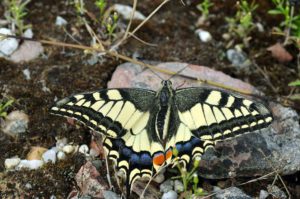
Der zehnjährige Junge, der 1977 einem Hamburger Imker über die Schulter schaute; der Fünfzehnjährige, der mit der Imkerei in Zeiten begann, in denen es noch keine Varroamilbe gab; der achtzehnjährige Fahrschüler, der lernte, dass man die Windschutzsscheibe seines Autos nach einer längeren Fahrt von Insekten säubern muß; der zwanzigjährige Student, der für seine Bienen einen Platz in Bonn suchte; der dreißigjährige Berufsimker, der seinen Bienen quasi eine Gutenachtgeschichte erzählte und sich den Kopf zerbrach, wie man die Umwelt mit ihren Bienen, Wespen, Schmetterlingen und andere blütenbesuchenden Insekten vor den Machenschaften der Agrargiftindustrie und der Gleichgültigkeit agrarindustriehöriger Politiker schützt; der Imker, der nicht nur auf dem Weihnachtsmarkt Bonn die Öffentlichkeit suchte, um bei Führungen an den Bienen auf dem Dach der Bundeskunsthalle zu erleben, dass Kinder (und deren Helikoptermuttis!) Angst vor Schmetterlingen hatten, bis hin zum Begleiter von Forschungsprojekten zu den Riesenhonigbienen Nepals oder den Killerbienen Afrikas, stellt fest, dass etwas sehr im Argen liegt in unserem Umgang mit der Umwelt.
Es sollte jedem bewußt sein, dass die Haltung „Natur ja, aber bitte woanders!“ nicht in Ordnung ist.
Die wunderschöne Welt der Natur
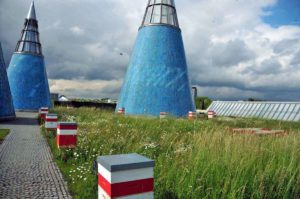
In unserem Online-Buchshop finden Sie viele Bücher wie „A History of Orchids in South America.“, die Ihnen die fantastische Welt der Bienen, Wespen, Ameisen, Hornissen und Schmetterlinge sowie anderer Insekten näherbringen.
Aber nach wie vor stehe ich Ihnen auch gern zu einem Gespräch oder zu einer Beratung im Umgang mit Bienen, Wespen, Hornisse, Wildbienen und Hummeln zur Verfügung, wenn Sie Fragen haben. Besuchen Sie uns in Bonn im Bundesamt für magische Wesen.
Und natürlich gibt es auch weiterhin Honig, Bienenwachskerzen und Met bei uns und zwar das ganze Jahr – nicht nur zu Weihnachten.
| Gewicht | 1925 g |
|---|---|
| Größe | 26 × 19 cm |
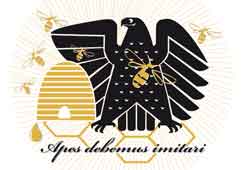
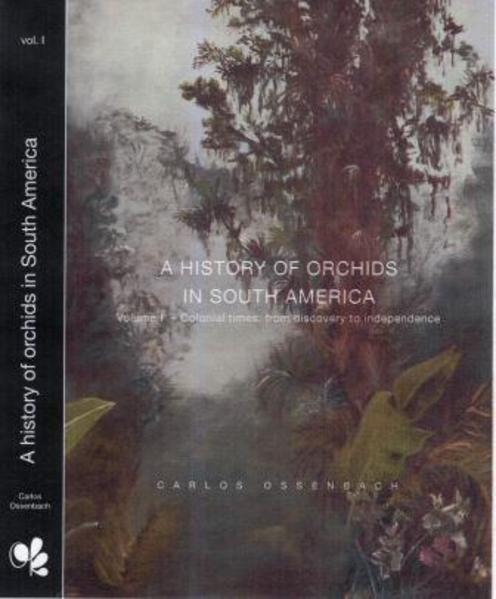
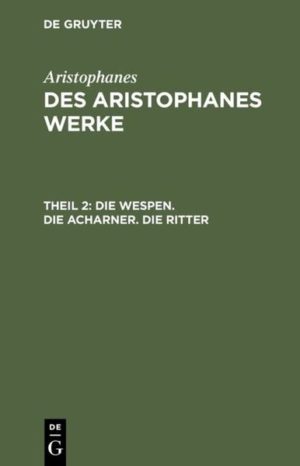
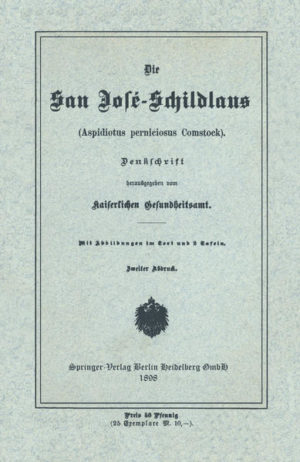
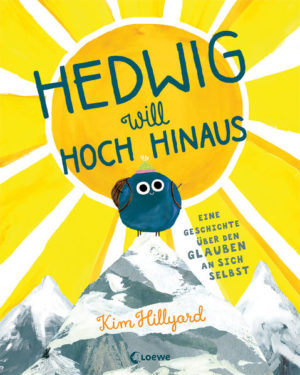
Bewertungen
Es gibt noch keine Rezensionen